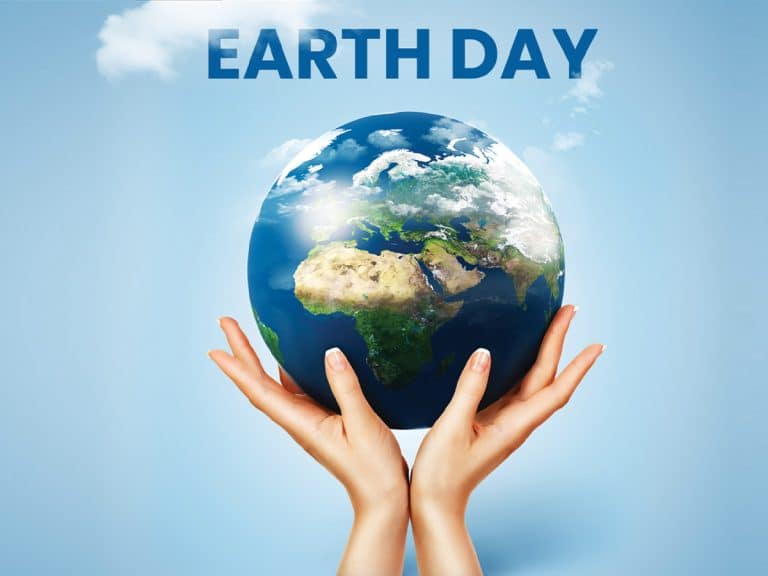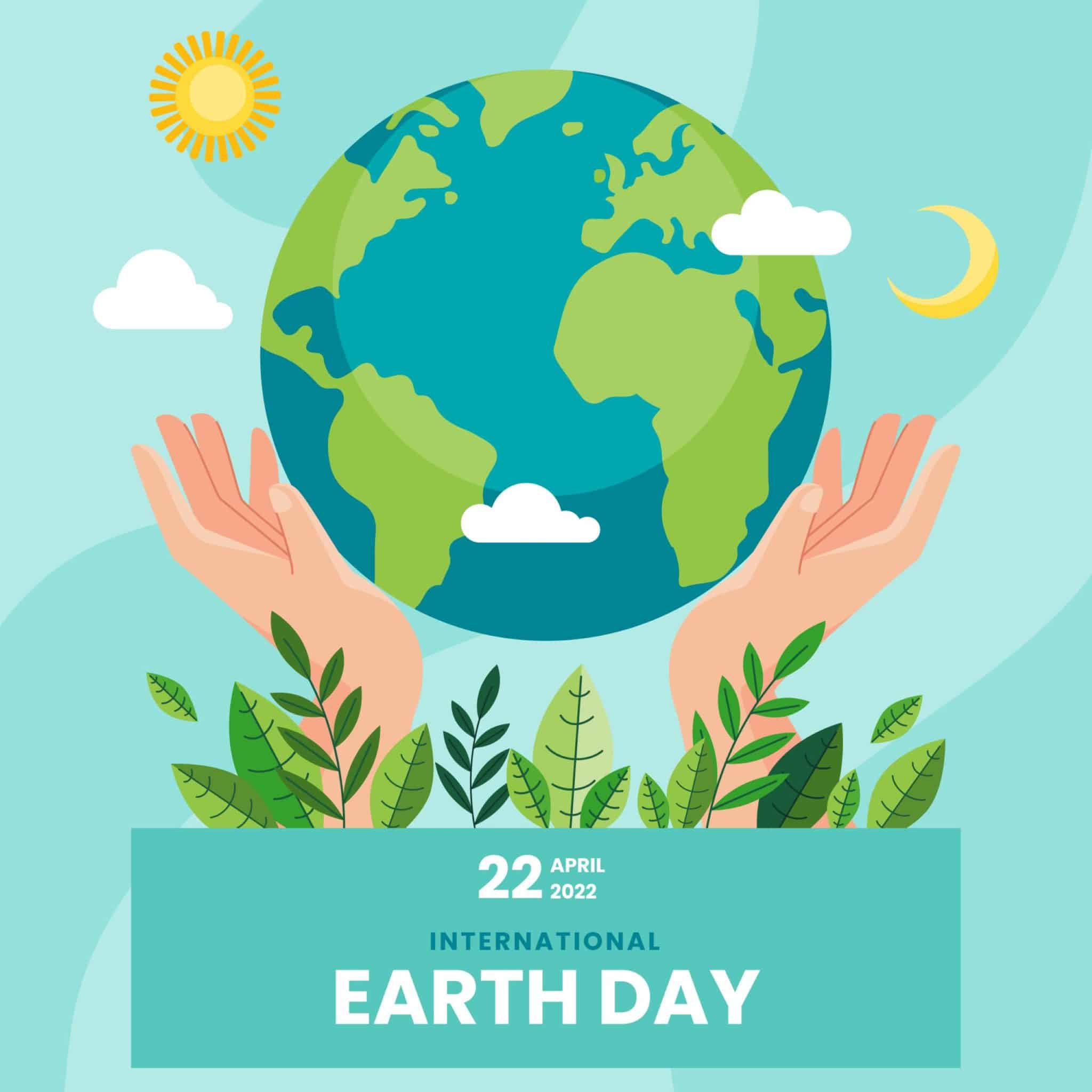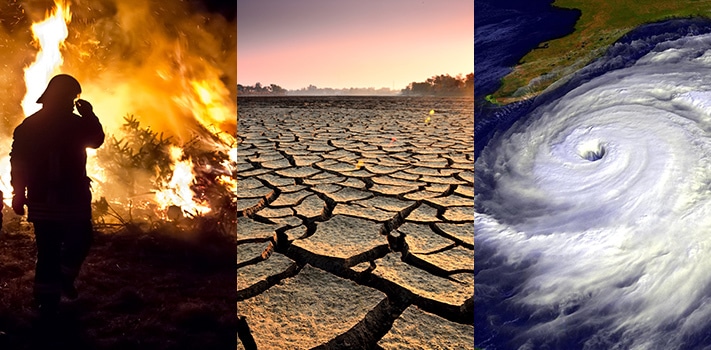Ever since 22nd April 1970, Earth Day has gained global support.
The UN-held Earth Summit has become the largest secular observance encouraging us to protect our mother Earth.
As a part of the awareness campaign at the basic level, the children in school get an Earth Day coloring page to be made aware of the importance of protecting the Earth early on.
Every year, Earth Day is celebrated on 22nd April to remind people about the sustainability and preservation of our planet.
There are multiple aspects to ponder on the significance of saving our mother earth.
However, a few pressing issues have been paramount in the face of Earth Day.
In this article, we will detail the 5 issues that Earth Day prominently focuses on.
5 Pressing Issues that Earth Day Focuses
In general, Earth Day focuses on Environmental protection and sustainability, but there are other core topics that this annual event adheres to.
1. Climate Change
When the regular course of weather changes in a certain place, it accounts for Earth’s gradual climate change.
Climate change constitutes the change in the level of rain or snowfall a place receives. Change in the temperature for a month or season is also climate change.
Earth Day awareness aims to reverse the effect of these climate changes to regulate the Earth’s temperature.
2. Pollution
According to National Geographic, pollution is the introduction of harmful materials into the environment.
The increase in the number of industries and automobiles has led to an immense increase in the pollution level of the environment and an increase in global warming.
Earth Day activists aim to reduce pollution by using cleaner fuels.
3. Deforestation
Forest cleaning to convert forests into land for industrial or domestic use is known as deforestation.
Tropical rainforests are cleared off, leading to increased environmental carbon dioxide levels.
A forest takes hundreds of years to grow and perform its functions. Earth Day targets planting more trees and discouraging people from cutting down trees.
4. Water Scarcity
Though most of the planet’s surface is covered by water, less than 3% is drinkable.
Protecting and consuming this drinkable water is a task since adequate infrastructure is lacking.
There is no regular drinking water supply in domestic areas, and Earth Day aims to preserve this drinking water and provide an adequate supply in places where it is required.
5. Loss of Biodiversity
Biodiversity refers to the number of individual organisms in a particular species or gene in a given area.
The biodiversity of a particular place determines its food chain and the balance of the environment.
With the increase in human population and change in climate conditions, biodiversity is falling at an alarming rate.
Earth Day focuses on maintaining a balance by keeping biodiversity steady.
Apart from these issues, there is another issue that Earth Day tries to address…
Soil Erosion and Degradation
Half of the topsoil has been washed off or degraded in the last 150 years, and more such loss of soil structure can be experienced if not properly cared for.
Forest and grasslands are increasingly being converted into farm fields and pastures, and some agricultural plants lose their soil texture after agricultural activities.
This affects the quality of the soil and leads to soil erosion. Earth Day aims to make people more aware of this issue and encourage them to take preventive measures.
Consequences of Climate Change
The actions of humans have detrimental effects on Earth directly and indirectly. A few of them are mentioned here.
Direct Effects
- Sea Level Rise
- Increase in maximum and minimum temperatures
- Higher ocean temperature
- Breakdown of glaciers
- Melting of ice zones
- Extreme weather events such as tropical cyclone
Indirect Effects
- Decrease in food and water supplies
- Frequent heat waves
- Ocean acidification
- Land and infrastructural damage
- Damaged ecosystem
- Increase in floods and wildfire
Ways to Contribute Towards Earth Day
While humans have been exploiting Earth at a pace faster than Earth can balance itself out, we now must contribute and conserve the environment by undertaking the following measures:
- Reduce, Reuse, and Recycle: It is the responsibility of every human being to keep a check on their consumption pattern and try to reduce the use of non-renewable resources. One must reuse and recycle their waste whenever possible.
- Sustainable Automobile: We should shift towards eco-friendly, zero-emissions vehicles instead of carbon-emitting ones. This new transportation will reduce pollution.
- Water Preservation: We should try to reduce the use of greenhouse gases as they get absorbed by the oceans, leading to acidification. One must try to avoid making the water bodies dirty.
Final Words
As responsible citizens of Mother Earth, we must take protective measures and educate more people about the need of the hour to protect the Earth.
Awareness and education are important vehicles to drive a purpose in the environment.
Despite all the progress made since 1970, we still have a long way to go to curb the harmful effects we have caused on Earth. Let’s aim towards cleaner air and clean Earth.
Let us know your views and ideas on what measures we can take daily to mitigate the harmful effects on our planet Earth.











